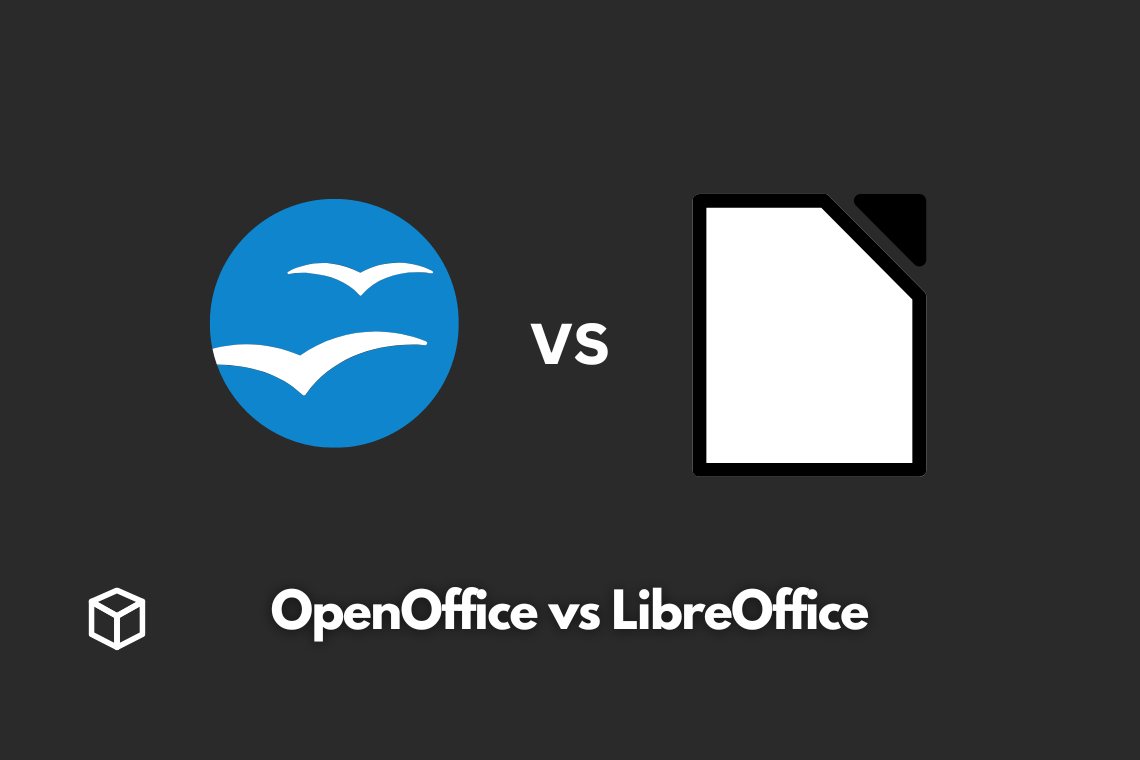OpenOffice and LibreOffice are two of the most popular open-source office suites available today.
Both are free to use, and they offer many of the same features as paid office suites like Microsoft Office.
However, there are some key differences between the two, and in this article, we will take a detailed look at the history, features, compatibility, user interface, community, and support of OpenOffice and LibreOffice.
History of OpenOffice and LibreOffice
OpenOffice was first released in 2000 by Sun Microsystems as a free and open-source office suite.
It was developed as a response to Microsoft Office, which was the most widely used office suite at the time.
OpenOffice quickly gained popularity and became one of the most widely used office suites in the world.
In 2010, Oracle acquired Sun Microsystems and took over the development of OpenOffice.
The community of developers and users who had been working on OpenOffice were not happy with this change, and they decided to fork the project and create a new office suite called LibreOffice.
Since then, both OpenOffice and LibreOffice have continued to be developed and maintained.
OpenOffice is now maintained by the Apache Software Foundation, while LibreOffice is maintained by The Document Foundation.
Features and Functionality
Both OpenOffice and LibreOffice offer similar features, including word processing, spreadsheets, presentations, drawing and graphics, and database management.
However, there are some notable differences in the feature sets of the two office suites.
Word processing: Both OpenOffice and LibreOffice offer robust word processing features, including support for different font types and styles, templates, and advanced formatting options. However, LibreOffice offers a more advanced grammar and spell checker, as well as a built-in thesaurus.
Spreadsheets: Both OpenOffice and LibreOffice offer powerful spreadsheet features, including support for different cell types, conditional formatting, and advanced formulas. However, LibreOffice offers better support for macro recording and playback, which can be useful for automating repetitive tasks.
Presentations: Both OpenOffice and LibreOffice offer advanced presentation features, including support for different slide layouts, animations, and multimedia. However, LibreOffice offers better support for charts and diagrams, as well as more advanced animation options.
Drawing and graphics: Both OpenOffice and LibreOffice offer advanced drawing and graphics features, including support for different shapes, lines, and formatting options. However, LibreOffice offers better support for vector graphics and advanced effects, such as transparency and blending.
Database management: Both OpenOffice and LibreOffice offer support for database management, including support for different database types and advanced querying options. However, LibreOffice offers better support for advanced database features, such as stored procedures and triggers.
Compatibility and File Formats
Both OpenOffice and LibreOffice are compatible with Microsoft Office and other popular office suites.
However, there are some differences in the file format support of the two office suites.
Microsoft Office compatibility: Both OpenOffice and LibreOffice are compatible with Microsoft Office, and they can open and edit Word, Excel, and PowerPoint files. However, LibreOffice offers better support for newer versions of Microsoft Office, as well as for advanced features like macros and charts.
File format support: Both OpenOffice and LibreOffice support a wide variety of file formats, including the most common office file formats like .doc, .xls, and .ppt. However, LibreOffice offers better support for newer file formats, such as the Office Open XML format used by Microsoft Office 2007 and later.
User Interface and Ease of Use
Both OpenOffice and LibreOffice have similar user interfaces, and they are both designed to be easy to use for most users. However, there are some differences in the user interface of the two office suites.
OpenOffice: OpenOffice’s user interface is designed to be similar to that of Microsoft Office, with a menu bar, toolbar, and status bar. It is easy to navigate and understand for users who are familiar with Microsoft Office.
LibreOffice: LibreOffice’s user interface is slightly different from that of OpenOffice and Microsoft Office, with a ribbon-based interface similar to that of Microsoft Office 2007 and later. It is also easy to navigate and understand, but it may take some time for users who are used to the traditional menu-based interface to get used to it.
Community and Support
Both OpenOffice and LibreOffice have strong communities and support options.
OpenOffice: The Apache Software Foundation maintains OpenOffice, and there is a large and active community of developers and users who contribute to the project. There is also a wide range of online resources and documentation available, including forums, mailing lists, and user guides.
LibreOffice: The Document Foundation maintains LibreOffice, and there is also a large and active community of developers and users who contribute to the project. There is also a wide range of online resources and documentation available, including forums, mailing lists, and user guides.
Conclusion
In conclusion, OpenOffice and LibreOffice are both great open-source office suites that offer many of the same features as paid office suites like Microsoft Office.
However, there are some key differences between the two, including their feature sets, compatibility, and user interface.
Ultimately, the choice between OpenOffice and LibreOffice depends on the specific needs and preferences of the user.
Both office suites are great options for users who are looking for a free and open-source alternative to paid office suites.




